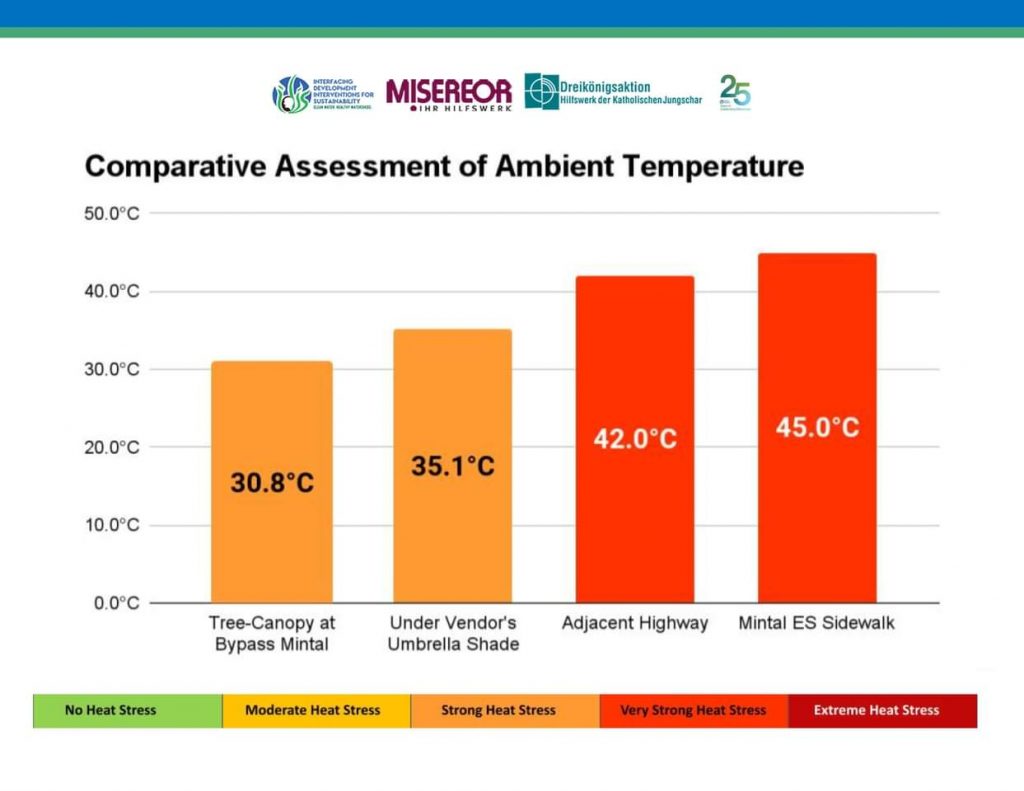
ENVIRONMENTAL group Interfacing Development Interventions for Sustainability (IDIS) reiterated their call for the city government to strictly enforce the Heritage Trees Protection Ordinance.
This following the recent pruning of trees near Mintal Elementary School exposed the area and recorded a heat index of 45°C with 23% humidity.
Lemuel Manalo, IDIS program coordinator said Monday passage of implementing rules and regulations of the 0784-21 series of 2021, “An ordinance protecting heritage trees and all other trees in the city of Davao,” will further preserve the trees.
The IRR will create another council for the LGU and technical working group to assess the types of cutting permits to be either approved or disapproved.
Manalo stressed that the trees in Mintal ES were proposed as heritage trees based on their research and assessment in 2020, which led to the passage of the ordinance.
“There are still lapses in the implementation and there was no official declaration coming from the LGU for the list of heritage trees, we are calling for the authority to start implementing and declaring it,” he said.
He added this measure will combat the effects of climate change and increase the heat index felt in the city.
Manalo called on the Department of Public Works and Highways and City Environment and Natural Resources to coordinate with the LGU for any approval or endorsement before an activity pushes through.
The Cenro is also called to review and amend its guidelines for tree pruning and redefine its recommendation for the limit through selected branch trimming only.
He also called on the city mayor to issue an executive order mandating the prohibition of tree-topping for all contractors and companies responsible for tree-cutting.
On October 9, IDIS conducted a Rapid Ambient Heat and Humidity Assessment outside the school and found out the area was much hotter than the adjacent surface along the highway at only 42°C and 27%.
Following the Universal Thermal Climratege Index (UTCI) scale, all the temperature recordings of non-shaded areas taken outside the school conform under the “Very Strong Heat Stress” category.
The researchers also measured the heat conditions under the umbrellas used by nearby vendors, to compare the temperatures of unshaded to covered areas, and the temperature was 35.1°C and 46% humidity.
Meanwhile, the tree canopy along the Mintal By-pass Road, a few meters from the school, was cooler at only 30.8°C with a relative humidity of 64%.
“These findings starkly underscore that exposed areas with soaring temperatures and plummeting humidity levels lead to dangerously hotter surfaces, amplified by the albedo effect from highly reflective materials like roofs, cars, and concrete,” the press statement reads.
IDIS recognized that while umbrellas and alternative shade offer some relief to vendors and parents waiting for their children, they are far less effective than the natural cooling that full-tree canopies provide.
“The shade from trees is not just a convenience—it’s essential for making urban spaces livable,” it added.
